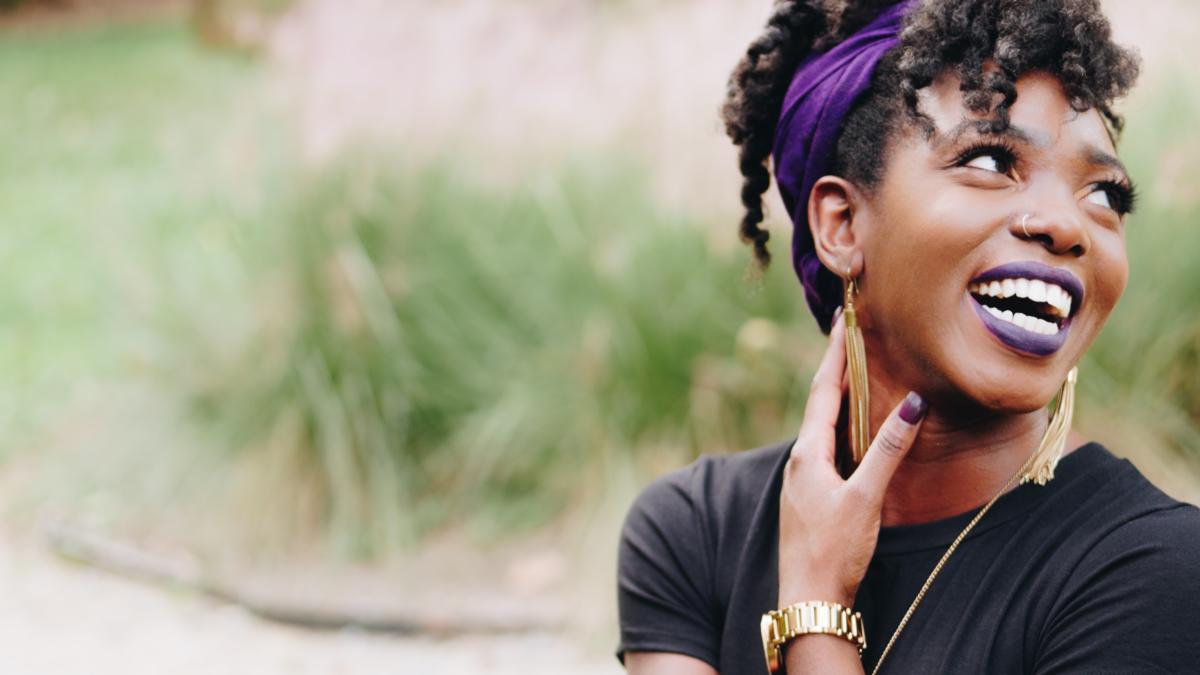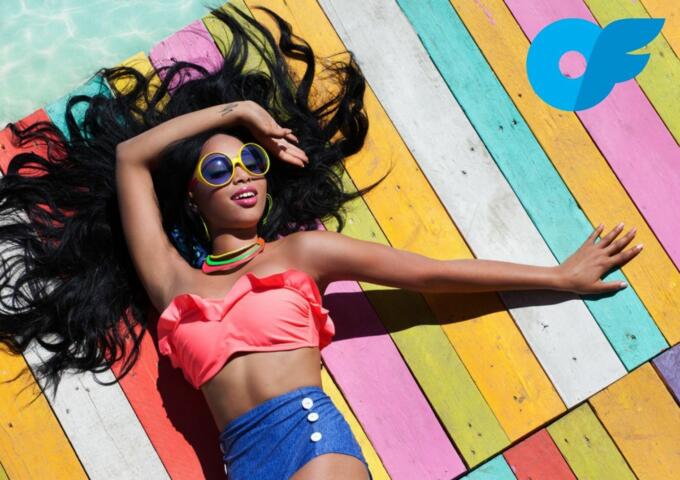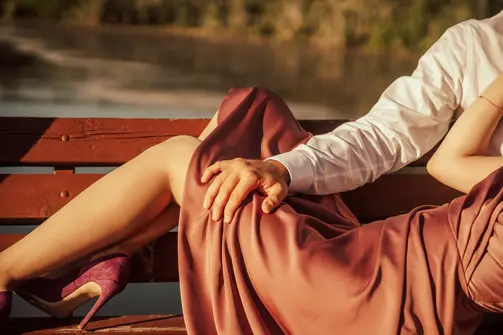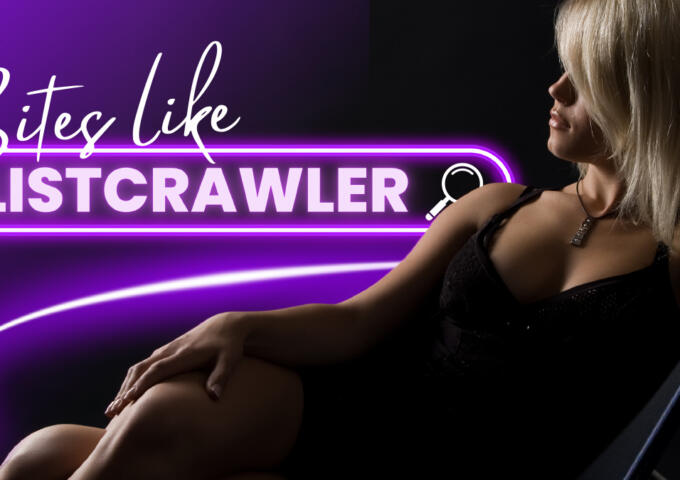Reader question: “I want to hear about your perspective of what the female gaze is. Though it’s still fairly new in media (or at least it was not addressed like it is now), I’m still curious on what other people believe the female gaze is, as a femme identifying individual myself. What’s the first thing women and femme identifying individuals notice when they see an attractive person?”
I’m gonna be honest with you. Before your email, my understanding of the subject was nada. I comprehend the words and all, but had no familiarity with the concept. But I love learning new things, doing deep research dives, and coming back up with a report of my findings — and SURPRISE what you’re going to get today is really two different answers.
There’s the initial definition of female gaze: the feminist film theory of how women see, usually through the lens of a female director, protagonist or audience member. The phrase is the inverse of the concept of male gaze, popularized by film theorist Laura Mulvey, which represents how straight men view a woman’s body in film: the camera and the viewer’s eyes consuming her as an object. Mulvey described the male gaze through a lens of philosophy and psychoanalysis, referring to scopophilia, or pleasure from looking.
Since then, there have been a variety of takes about how various directors and camera operators capture women on film. Consider the vastly different experiences of watching the lingering, salivating shot of a teenage Megan Fox checking under the hood of her broken down car in Transformers versus the use of angles, colors, and costumes to evoke a the emotional states of the characters in Maggie Gyllenhaal’s film adaptation of The Lost Daughter.
These depictions both reflect and shape how we view women and girls in the world. It also reflects women’s position in entertainment.
These depictions both reflect and shape how we view women and girls in the world.
Despite decades of industry discussions about the lack of women not only on screen but behind the camera, very little has changed. Only 23% of European film directors are women, and of the top grossing films in the world, only 13% are directed by women. This is despite a glut of evidence that works by and featuring women are not only critically acclaimed but some of the most financially successful.
Creatives differ in how they describe the female gaze, with some saying that women artists have a fundamentally different approach to how they capture their subjects, while others maintain that the viewpoint of heterosexual men has been so deeply entrenched in the way movies and TV are made that there’s simply no escaping the male gaze, just variations on it. Others argue that the distinctions are purely individual, not limited to the simple dichotomy of male and female.
But that’s not really what you asked. Your question is more about where women’s focus falls when they are eyeballing someone. Which brings us to answer two.
Regardless of gender, we tend to primarily look at the faces of other people. There are some differences, though. While straight men are most likely to let their gaze linger on women’s chests, straight women are more likely to stare at the torsos of men, and women’s eyes head faster down to check out men’s legs. When straight women visually assess each other, their glances are directed at the waist, hips and breasts, ostensibly imitating the gaze of a straight man. Researchers believe they are evaluating these other women as competition for men’s attention…or at least estimating how their respective attractiveness to men shapes their social experience.
All of this heavily depends on how the woman feels about her own body, though. Someone with disordered eating or dysmorphic self-perceptions may spend more time looking at thin women, but clothing has a huge impact on that.
There is also some research that men, on average, devalue bodies that are deemed “non-ideal” and overvalue those that are considered “ideal,” compared to women, who are less likely to hold these double standards.
We know that where women focus their gaze is less associated with sexual interest.
All of this prompts the question: hey, what about queer women? Where are they looking? Great fucking question! And the answer is I don’t really know because there’s not a ton of research on it.
We know that where women focus their gaze is less associated with sexual interest, in general. Their eyes do indicate their attraction to some degree: pupil dilation is an indicator of attraction. That is: our eyes literally take in more light when we see a hot person. But having been subjected to years of male leers, women are probably less likely to ogle and stare at someone they find hot, not wanting to come off like a creep.
Basically, my guess would be that it differs for everyone, that rarer and more flashy features draw focus, and that what really matters is whether you can hold someone’s attention.
Have a question for Dr. Timaree? Send an email to asktimaree@philadelphiaweekly.com.





